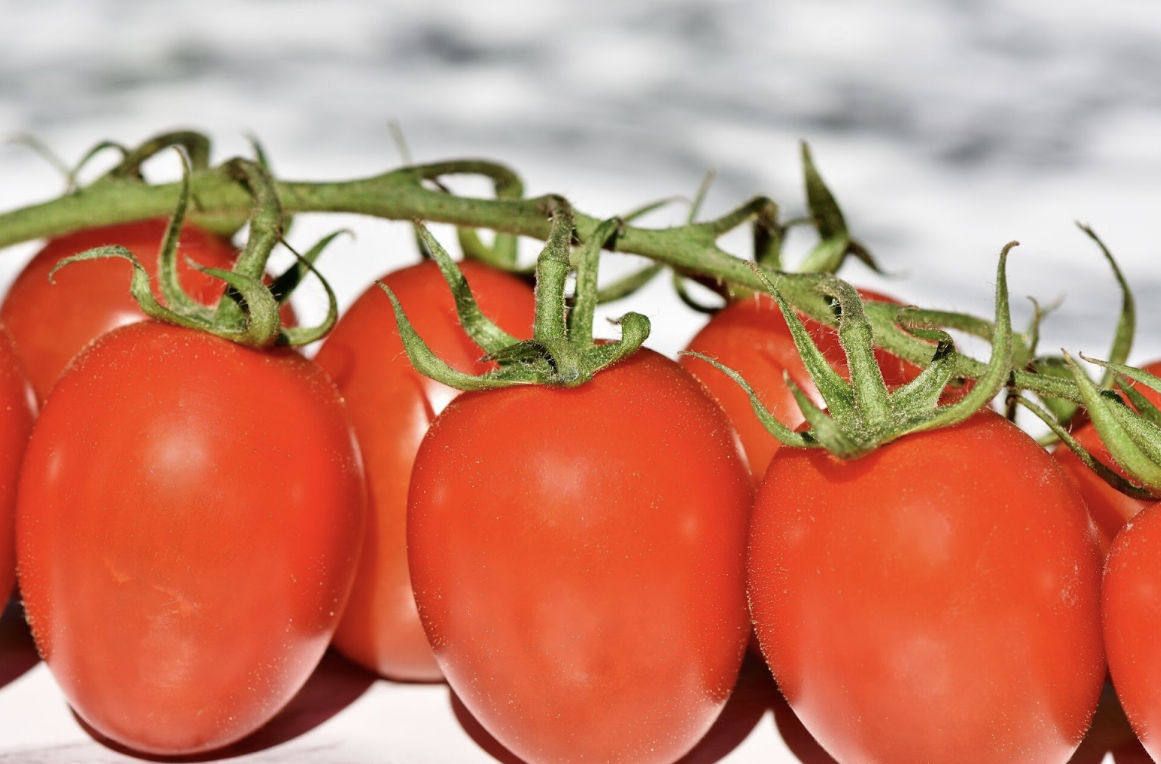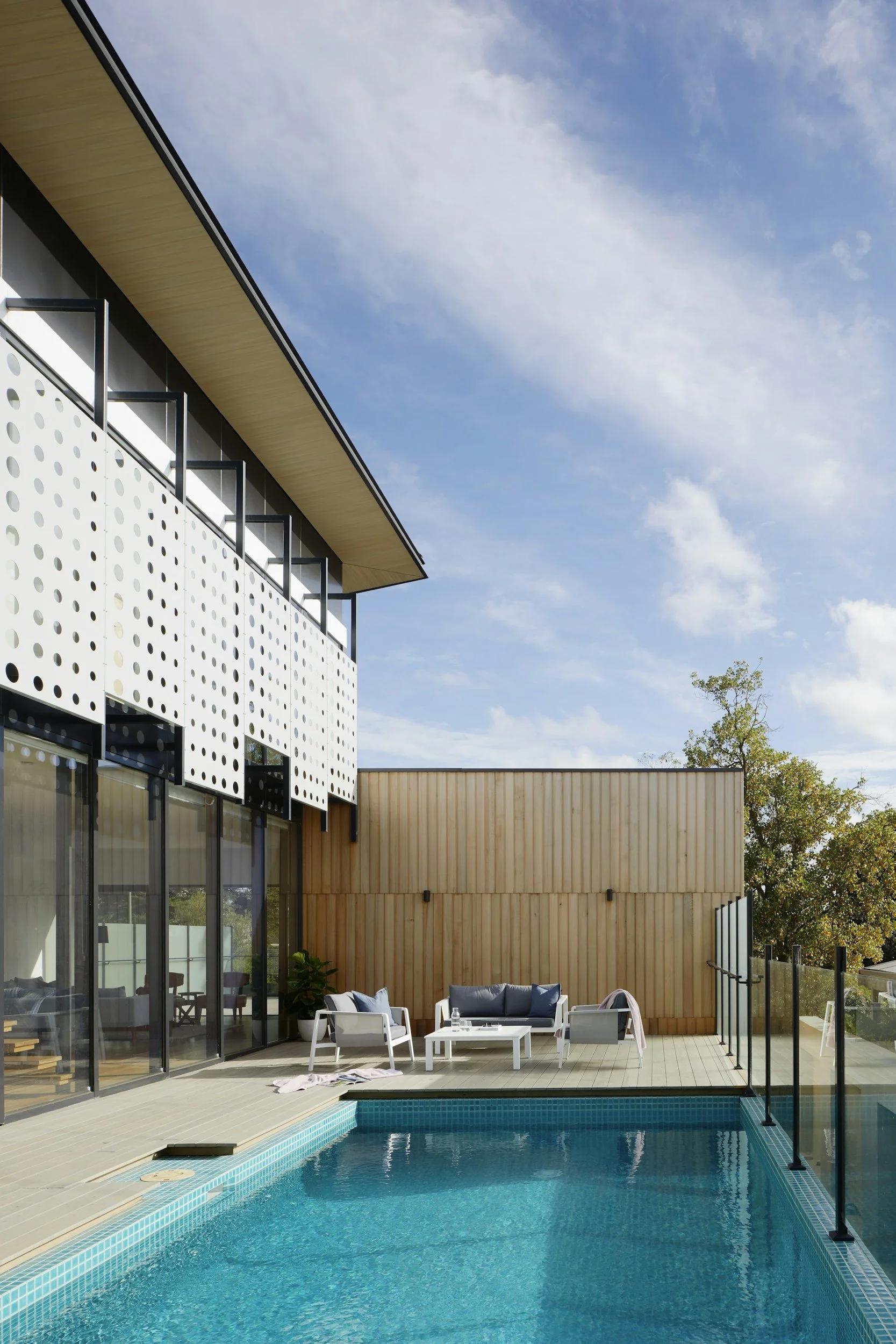The Benefits of Greenhousing: Why You Should Start Today
Greenhousing, or the practice of growing plants in a controlled, enclosed environment, offers numerous advantages for both novice and experienced gardeners. This method allows for the cultivation of a diverse range of plants and crops, regardless of external weather conditions. By creating an optimal environment for growth, greenhousing can significantly enhance plant health, increase yield, and extend growing seasons.
Additionally, greenhouses provide a sanctuary from pests and diseases that could otherwise harm your plants. In an era where sustainable living and food security are becoming increasingly important, greenhousing presents a practical and effective solution. Whether you're aiming to grow fresh produce year-round or to experiment with exotic plants, the benefits of setting up your greenhouse are plentiful.
Optimizing Growth Conditions
One of the primary advantages of greenhousing is the ability to optimize growth conditions for your plants. In a greenhouse, you can control factors such as temperature, humidity, light, and soil composition, ensuring that your plants receive the ideal conditions for growth. For instance, if you are growing tomatoes, you can maintain a warm temperature and provide ample light with LED grow lights, leading to more robust and fruitful plants that might otherwise struggle in an uncontrolled environment.
Greenhouses allow you to extend the growing season, allowing you to cultivate plants throughout the year. This is particularly beneficial for gardeners in regions with harsh winters or unpredictable weather patterns. With innovative greenhouse designs, you can even create different microclimates within your greenhouse to cater to the specific needs of various plant species. The level of control and customization can significantly enhance the overall health and yield of your plants.
Protecting Against Pests and Diseases
Greenhouses offer an effective barrier against pests and diseases that can wreak havoc on your garden. By growing plants in an enclosed environment, you create a controlled space where pests such as aphids, caterpillars, and beetles are less likely to gain access. This reduces the need for chemical pesticides, promoting a healthier and more organic gardening approach.
In addition to keeping pests at bay, greenhouses can also minimize the spread of plant diseases. The controlled conditions help in preventing moisture build-up and ensuring proper airflow, which are critical in reducing the risk of fungal and bacterial infections. This way, your plants can thrive without the constant threat of illness, resulting in healthier and more productive growth.
Enhancing Plant Diversity
A greenhouse allows you to experiment with a wide variety of plants, including those that might not be suitable for your region's climate. Whether you want to grow tropical fruits, exotic flowers, or rare herbs, a greenhouse provides a stable environment where these plants can flourish. This adds an exciting dimension to gardening, offering the opportunity to cultivate unique and diverse plant species that can enrich your garden.
Cultivating a diverse range of plants in your greenhouse also contributes to biodiversity and the health of your local ecosystem. By introducing different species, you can create microhabitats that support a variety of beneficial insects and organisms. This not only enhances the beauty of your garden but also promotes ecological balance and sustainability.
Maximizing Yield and Productivity
Greenhouses can significantly boost the yield and overall productivity of your garden. By providing optimal growing conditions, plants can focus their energy on production rather than on survival. Enhanced control over environmental factors means that crops can grow faster and more efficiently, leading to higher yields compared to traditional outdoor gardening.
Specific technologies such as hydroponics and aquaponics can be integrated into greenhousing to maximize efficiency and sustainability. These systems utilize nutrient-rich water solutions to grow plants, often resulting in quicker growth rates and greater yields. By combining these modern techniques with the traditional greenhouse structure, you can achieve a highly productive and sustainable gardening practice.
Promoting Sustainable Living
Greenhousing plays a crucial role in promoting sustainable living by encouraging self-sufficiency and reducing reliance on commercially grown produce. Growing your fruits, vegetables, and herbs in a greenhouse means fewer trips to the grocery store and lower overall environmental impact. With reduced transportation and packaging requirements, your carbon footprint can be significantly minimized.
Additionally, greenhouse gardening promotes the conservation of resources. For example, using rainwater collection systems and implementing energy-efficient practices like solar panels can make your greenhouse operation more sustainable. This commitment to eco-friendly gardening not only benefits the environment but also supports a healthier lifestyle, as you consume fresh and organically grown produce right from your garden.
Incorporating greenhousing into your gardening practices offers a multitude of benefits that extend beyond mere plant cultivation. By creating a controlled environment, you can optimize growth conditions, protect against pests and diseases, and experiment with a diverse range of plants.
The ability to maximize yield and promote sustainable living further underscores the value of greenhouse gardening. Whether you are an enthusiastic beginner or an experienced horticulturist, greenhousing presents a versatile and effective solution for achieving a thriving and eco-friendly garden. Embrace the potential of greenhousing today and cultivate a greener, more sustainable future.







